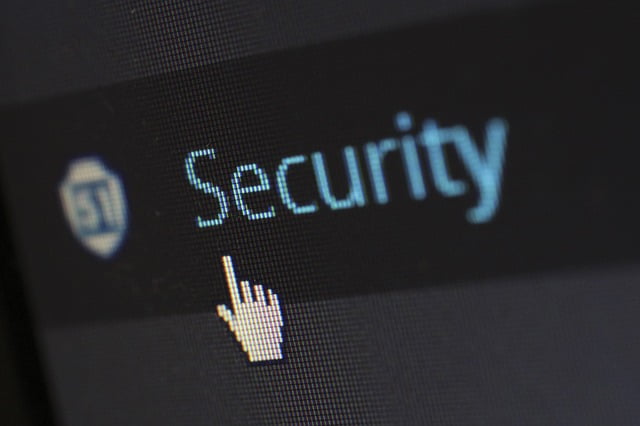As we move into this new year, it’s time to look ahead and prepare for a new age – of cybersecurity, that is. With each new technological development come new waves of cyber threats. Cybersecurity has never been more important as our lives and businesses become open and more and more susceptible to external threat. So, it’s time to be proactive. These are the top three cybersecurity threats you should watch out for in the new year:
Typosquatting
As of late, we’ve heard a lot about fake news stories spreading throughout the Internet. But, fake news stories aren’t the only fraudulent things you have to be on the lookout for floating around the internet. Now, we’re seeing more cybercriminals create fake websites. It’s called typosquatting.
These scammers are targeting victims who mistype or misspell web addresses so that the user is redirected to a counterfeit site that looks almost exactly like the one they were originally searching for. For example, scammers do this by securing URLs that are similar to real web addresses. So, say you’re trying to type in youtube.com but accidently type in yootube.com. It’s an easy enough mistake. But, that’s what they’re counting on, because scammers will have already secured that yootube.com URL and created a website that looks so similar that you might never notice otherwise.
Once on these counterfeit sites, cybercriminals are hoping to get you to enter your credentials so that they may steal your personal or financial information, or infect your computer with malware. To avoid such cyber casualties, consider the following tips:
- Be cautious when clicking links.
- Double check URL spellings.
- Watch out for typos.
- Use multi-level authentication.
Ransomware
Ransomware was the leading cyber security threat in 2016, and it’s expected to be just as prevalent in the new year. Though not a new threat, ransomware has gotten progressively worse each and every year since we first saw it come about in 2013.
Ransomware encrypts your files so that you can’t open them. As the name suggests, the only way to get them back is to pay a ransom for them. It’s a very serious and far-reaching threat. And, the worst part with this particular form of cyber crime is that it doesn’t just affect individual computers; it can affect entire business systems, locking up networks with infections that could essentially be the downfall of an entire company. Even your smartphones and mobile devices can be affected by ransomware!
The good news with this particular threat, fortunately, is that you have to be the one to click and install it. You can avoid this by simply not falling for and clicking on phishing scams found in emails, links or downloads. You can also conduct regular system backups so that if you ever do get locked out of your files, you can just wipe your drive and restore your files for minimal loss.
DDOS Attacks
In a slightly unexpected twist, but not altogether out of left field, we’re now facing a new era of cyberattacks in the form of our seemingly harmless appliances. That’s right! Everything from printers, to digital recorders, to webcams, to thermostats and routers can now be hosts for Distributed-Denial-of-Service (DDOS) attacks on websites.
In the past, these attacks on websites were brought down by “botnets” where computers or mobile devices were used in conjunction to overwhelm sites. Now, however, home appliances can be hacked and used to target websites, and you, the owner, would never even know it. Unfortunately, as more and more of our appliances and systems become “smart,” meaning they are connected through online networks, it’s more important than ever to secure these connections.
If you start experiencing slower than usual Internet connection, unusual video or music streaming, or buffering, your systems may have been compromised at some point. Fortunately, you can protect your appliances from infections. These attacks rely on temporary memory, so the first thing that you can do is reboot your affected systems to clear all malware. The second thing that you can do is change your default administrator login information. Make your username and password unique and complex. Finally, regularly check for firmware updates (every three months is recommended) to keep your system’s security current.
It’s a whole new world out there when it comes to cybersecurity threats. But, through diligence and proactive action, you can get the edge on threats, including these top three that we expect to see more of in the coming year.
If you’re a business owner, you not only need to consider the hardware and software that keeps your company running, but you’ll also need to keep your website safe from a seemingly endless list of threats. Realnets can help you with all of this and more. Contact us today at 773.631.6851.


Recent Comments